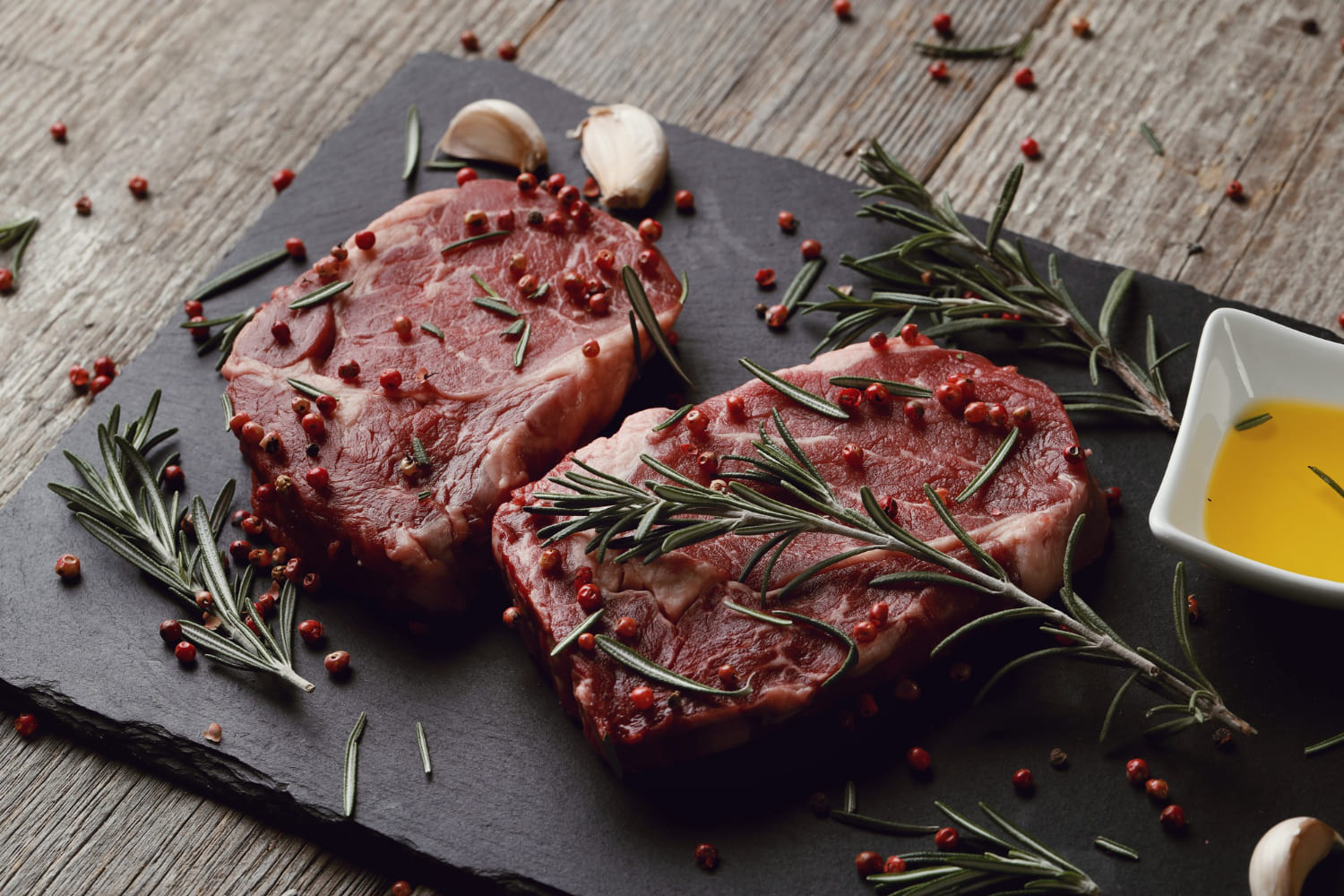When it comes to creating a delicious steak, the seasoning process is absolutely crucial. Many factors contribute to the perfect steak, including the cut, the cooking method, and the type of grill or pan used. However, one of the most influential factors is undoubtedly the seasoning. Here, we delve into the art of seasoning a steak, giving you the knowledge to turn your home-cooked meals into a restaurant-grade feast.
Understanding the Basics
Steak seasoning goes beyond just adding flavor. It also plays a role in forming that desirable crust on the steak’s surface during cooking, enhancing the meat’s natural flavors, and even tenderizing tougher cuts of beef. The two most basic seasonings for any steak are salt and pepper, which form the foundation of all other seasonings.
Salt
The purpose of salt in steak seasoning is two-fold. Firstly, it enhances the steak’s natural flavors. Secondly, it aids in forming a delicious crust on the steak’s surface during the cooking process, as it draws out moisture and promotes browning.
The type of salt matters. Sea salt and kosher salt are the most commonly used, with kosher salt being favored by many chefs due to its coarser texture, which allows for more control during application.
Salt should be applied generously to the steak. A good rule of thumb is 1-2% by weight of the meat. The salt should be sprinkled from a height to evenly distribute it across the steak’s surface. For optimal flavor penetration, salt your steak at least 40-60 minutes before cooking. This gives the salt ample time to dissolve and penetrate the meat. If you don’t have that much time, salt immediately before cooking to prevent the salt from drawing out too much moisture.
Pepper
Black pepper adds a delightful spicy note to your steak. Freshly ground pepper is always preferred over pre-ground, as it retains more of its flavor and aroma. Pepper should be applied right before the steak is placed on the heat, as pepper can become bitter when exposed to high temperatures for extended periods.
Additional Seasonings
While salt and pepper are the basic building blocks of steak seasoning, additional spices and herbs can be used to add complexity and customize the flavor profile. Some popular additions include garlic powder, onion powder, paprika, chili powder, or dried herbs like thyme and rosemary. However, these should be used sparingly as they can easily overpower the meat’s natural flavor.
Marinades and Rubs
Marinades and rubs offer a way to infuse the steak with more intense flavors. A marinade is a liquid mixture often containing acidic elements like vinegar or citrus juice that helps tenderize the meat and infuse flavor. Marinades are especially useful for tougher cuts of steak.
A rub, on the other hand, is a mixture of seasonings and spices that is rubbed onto the surface of the steak before cooking. Rubs can be dry or wet (with a small amount of oil) and often contribute to a flavorful crust on the steak.
In Conclusion
The art of seasoning steak is a delicate balance between enhancing the natural flavor of the beef, introducing new flavor elements, and ensuring the perfect crust formation. By understanding the roles of salt, pepper, and other seasonings, and knowing when and how to use marinades and rubs, you can elevate your steak game to new heights. Remember, the best seasoning is the one that you enjoy the most, so don’t be afraid to experiment and find your perfect blend. Happy grilling!

